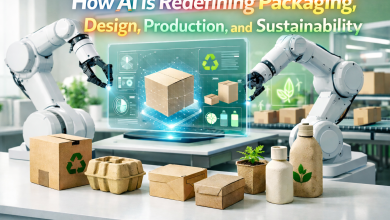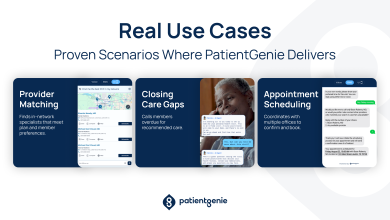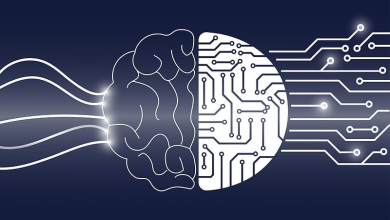
Smart strategies to get AI-ready without a full infrastructure overhaul
AI is moving fast, and for most CIOs, it’s not a question of if you’ll use it, but how soon you’ll start getting value from it. Whether you’re exploring pilots or scaling production, one constant remains: your AI model is only as good as the data you feed it.
This is where many organisations hit a wall. Data isn’t always neatly structured or centrally managed. Increasingly, it’s created and stored at the edge: in retail locations, factories, mobile devices or field offices. A technician updates a log on a tablet. A machine generates performance data on a factory floor. A sales team stores notes in a standalone CRM. Multiply that across teams and systems, and you’ve got a fragmented data estate.
And while that decentralised approach makes sense for day-to-day operations, it becomes a challenge for training AI models, which need fast, seamless access to accurate, consistent and current data. Without that, models can underperform or reinforce bias, making outcomes less reliable and insights harder to trust.
Why siloed data is a problem for AI
Siloed data introduces multiple challenges for any organisation hoping to build or train an effective AI model.
Data can be out-of-date, leading to irrelevant or misleading insights. Formatting can be inconsistent with different teams storing the same data in varying structures, making it hard to unify. Isolated data can lack the surrounding information needed to interpret it accurately.
And infrastructure and permissions might prevent AI systems from reaching the data they need.
Solving these problems doesn’t necessarily require a huge IT overhaul. In fact, some of the tools already used for real-time collaboration and distributed work can also help unlock data for AI training.
Using file sync and orchestration to bridge the gaps
File synchronisation and orchestration platforms can play a key role in making data AI-ready, without requiring every team to adopt a new system. These tools create bridges between silos and central repositories, automatically managing updates, resolving version conflicts and keeping everything in sync.
Here’s how:
1. Bring together siloed data
With the right synchronisation and replication tools, organisations can move data from different teams, tools or systems into a central location, without needing to fully migrate or rebuild everything.
This is especially powerful when orchestration tools support interoperability across a wide range of storage protocols, for example NFS, SMB and S3. This multi-protocol support makes it easier to synchronise data across cloud services, edge locations and on-prem infrastructure, without getting bogged down in integration work. It also ensures that legacy systems and newer cloud-native platforms can coexist as part of the same AI data pipeline.
2. Standardise and clean the data
Once data is centralised, the next step is to prepare it for AI use. That means applying consistent formatting, removing duplicates, cleaning up metadata and reconciling naming conventions.
This process doesn’t have to be manual. Orchestration tools can automate much of the cleaning and standardisation work, applying rules and workflows to ensure data quality is high before it reaches your AI model.
3. Resolve conflicts and manage versions
When you’re bringing together the same data from multiple sources (think sales data from different regions or logs from identical machines) you need logic to determine which version is the “right” one.
Orchestration platforms can help here too. You can apply policies that prioritise data based on freshness, completeness or its origin, to reduce the risk of training your AI on outdated or conflicting data.
4. Track data flow and transformations
As your data moves, changes and syncs, it’s essential to maintain visibility. This is where orchestration tools that offer protocol-aware integrations and metadata management make a difference.
They let you track the journey of every file. Where it came from, what’s been done to it and when it was last updated. This kind of audit trail isn’t just helpful for debugging – it’s increasingly necessary for regulatory compliance, especially in industries like healthcare and finance.
5. Secure access and automate updates
Once your data is cleaned and centralised, you’ll need to make sure only the right people—and systems—can access it. Most orchestration platforms include granular access controls, allowing you to manage visibility at a user or group level.
You can also schedule syncs and updates so your training dataset is always fresh. That’s especially important for organisations building continuous learning pipelines, where models retrain regularly on new inputs.
Smarter data, smarter results
For CIOs juggling complex infrastructures and a long list of priorities, the idea of breaking down data silos might feel like a massive undertaking. But it doesn’t have to be. With the right synchronisation and orchestration tools – especially those that support multiple protocols and platforms – you can make your AI projects faster, cleaner, and more future-proof.
It’s not about ripping and replacing. It’s about connecting what you already have and giving your AI models the fuel they need to deliver real results.





